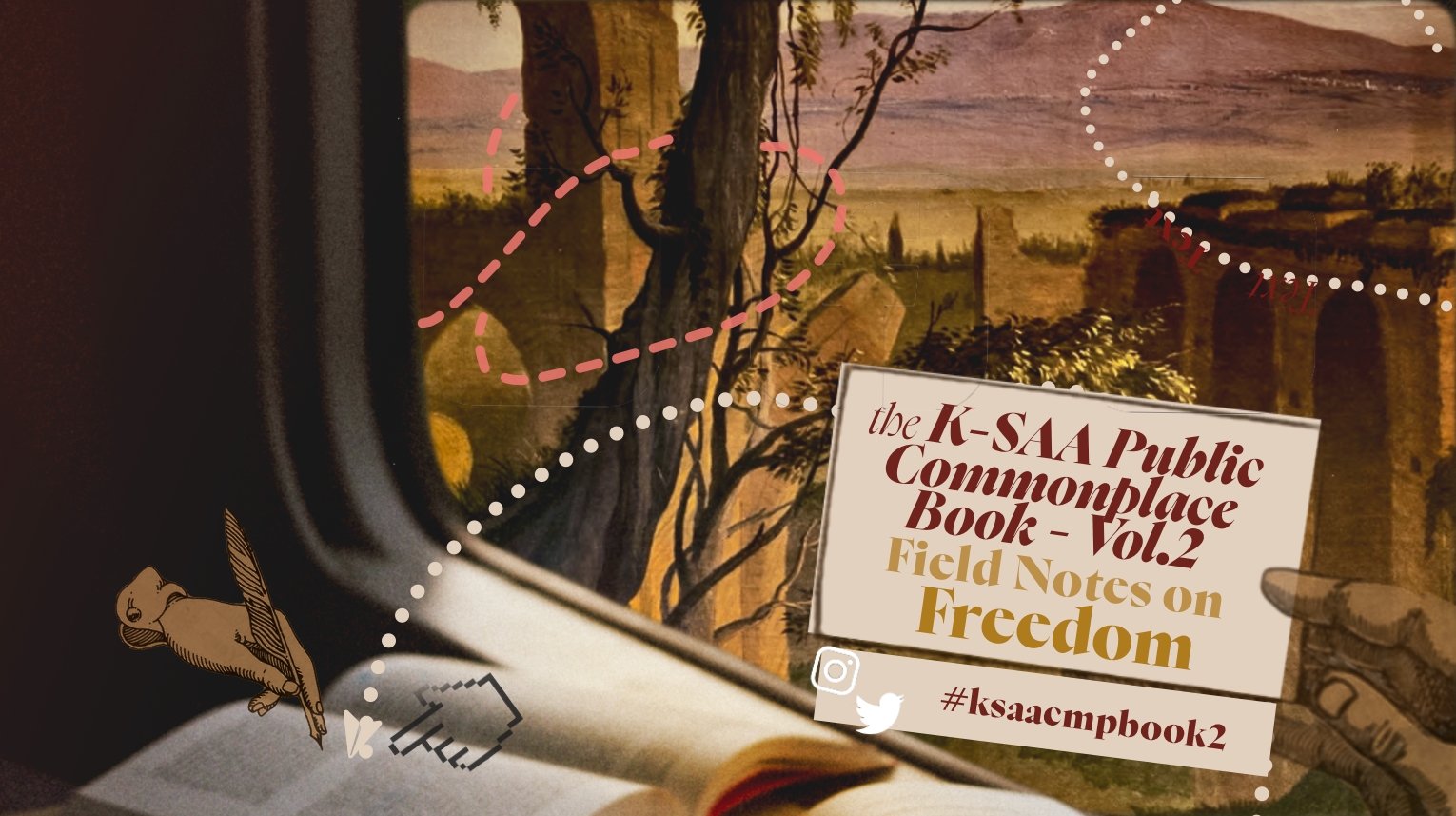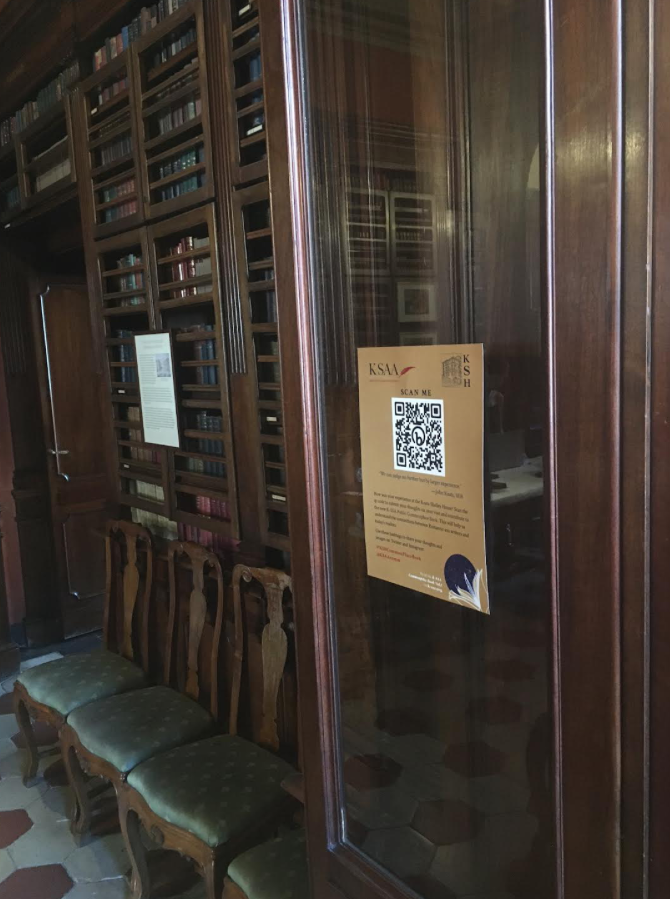Call for Inputs: The K-SAA Public Commonplace Book Vol.2– “Field Notes on Freedom”
Announcement: Watch the recording of our May Members’ Meeting (May 16, 2024) where we celebrated Romanticism-inspired art, our Public Outreach Initiative on “Commonplacing” & more here!
“There are seven pillars of Gothic mould,
In Chillon's dungeons deep and old,
There are seven columns, massy and grey,
Dim with a dull imprison'd ray,
A sunbeam which hath lost its way . . .”
– The Prisoner of Chillon (1816), Lord Byron
“I have traversed all Rousseau’s ground with the Heloise before me, and am struck to a degree that I cannot express with the force and accuracy of his descriptions, and the beauty of their reality. Meillerie, Clarens, and Vevay, and the Chateau of Chillon, are
places of which I shall say little,
because all I could say must fall
short of the impressions they stamp.”
– Letter CCXLII (1816), Letters and Journals
of Lord Byron vol.3, p.8. Full digitalized copy
on Google Books here.
Travelling around Switzerland in 1816, Byron read in the old walls of Chillon a story of captivity. Records of travels and poetic musings such as these reflect the power of the world-reader—as visitor, author or fictive prisoner—to interpret the world’s happenings both new and old, as well as the narratives upheld and embedded in all kinds of historical remnants.
In Vol.2 of the K-SAA Public Commonplace Book, consider forms of world-reading, preferably in loose relation to freedom. Let us curate brief records of literary travels—the wanderings, metaphorical trails-following, fateful chancings-upon—in life, book pages and the archives—of you, 19th-century authors or fictional characters. Submit a sentence or a quotation for our collective field notes on freedom: taken from previous visits to museums, historic houses, archives or other sites of interest; objects observed (e.g. as crystallized historical events), socio-historical landscape surveyed; place & thought pertaining to freedom as a concept, or re-definitions. Collected responses will be published and visualized in the second volume.
Visitors to the Keats-Shelley House in Rome can write in the dedicated volume here!
What is striking, noteworthy or significant about the historical objects you have surveyed? In what ways do they crystalize, for you or for the others, ideas of freedom and forms of liberties—or the lack thereof? What narrative(s) do you think is (are) being written or rewritten? What authorial volition reflected? . . .
Your contribution can be in the form of 1) quotations collected from your readings or 2) short descriptions or records in your own words (“I stumbled across this [interesting object] which looks/is/belonged to. . .“). Get creative!
Submit your entries to the K-SAA Public Commonplace Book using this form.
See our Data Collection & Privacy Policy. Multiple entries welcome.
For inquiries, please contact the editor at sha39 [at] cam.ac.uk or on Twitter/X @KSAAcomm.The K-SAA Public Commonplace Book of Romantic Readersis a public engagement digital project that seeks to map the breadth of connections between global Romantic-era writers and the readers of today. The inaugural volume explores the theme “Reading(s)/reading habits” to chart all the “what” and “who” surrounding acts of reading across two centuries. What was read—by whom—where—to what end and outcome? Recontextualized in an interactive format, these crowd-sourced records of reading(s) from around and of the world reveal networks of ideas and (un)common feelings that continue to transcend the seeming constraints of time and space. Read Vol.1 here.






